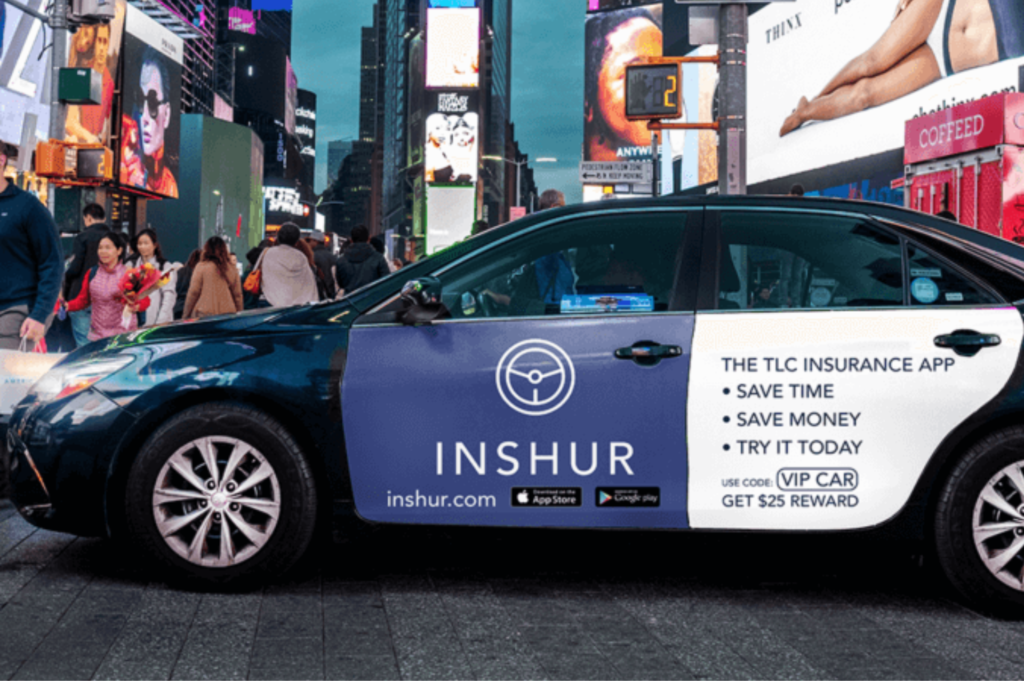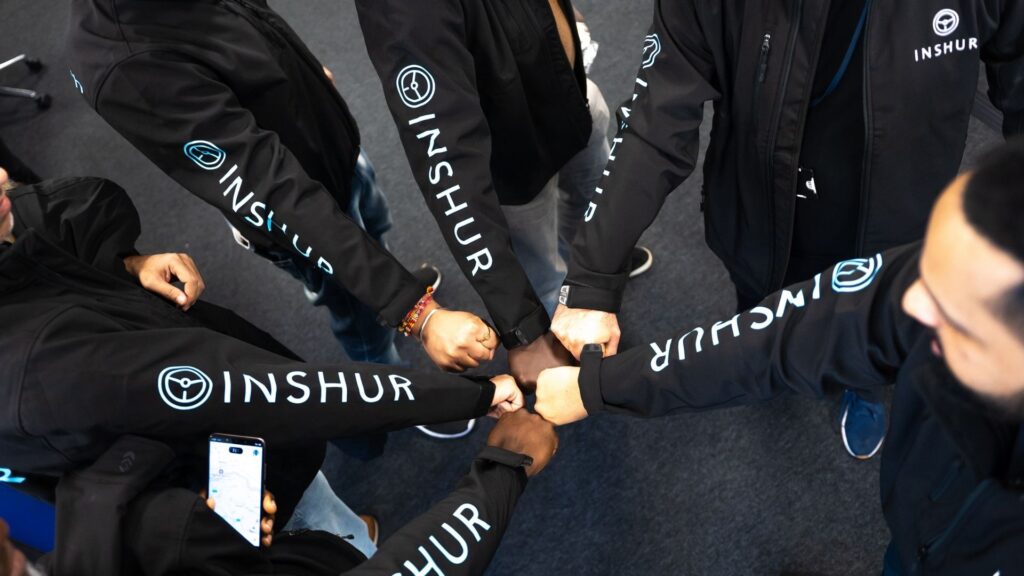INSHUR also recently partnered with global rideshare phenomenon, Uber – and that’s just a small slice of its success story. Bratshpis says: “On-demand workers are transforming the gig economy, resulting in the most profound economic shift in four decades. Through data, technology and in-house insurance expertise, we are one of the few insurance and technology companies that succeeded in a Series B up round in 2023 and we are successfully expanding across America.”
Insurtech Insights caught up with him to find out what drives him, how he launched INSHUR and why embedded services are his passion.
Learn more from Bratshpis at Insurtech Insights Europe 2024
You started out your career on a high note – as VP of Technology for Merril Lynch. How did that come about – and have you always been a tech genius?
I always loved technology. I grew up at a time when the internet was new and just being formed. I vividly remember getting Prodigy dial-up internet in the late ‘90s and learning Visual Basic to build a bunch of games. When I graduated college in the ‘00s, Wall Street was a huge consumer (and still is) of technology and I thought it was a great place to learn.
I joined a leadership programme out of school and progressed among different departments. I witnessed the disruption of human-based trading on the floor of the New York Stock Exchange by algorithms powering sophisticated models at sub-second speed. Today, disruption is happening in the insurance industry as well.

What prompted your move into the insurtech industry? Is there a story about that decision that you can share with us
I came to the US from Russia as a little kid, and most men in my family drove a cab at one point or another to get to the American dream. Someone in my family invested in an insurance agency that catered to transportation risks, and they asked me to come in and help with their technology. I witnessed just how large the insurance industry was and how the past two decades of modernisation had left it behind. In addition, I saw a new class of customers walking in that drove for on-demand platforms like Uber & Lyft. That is where the idea for INSHUR came from.
Our ambition is to redesign the on-demand driver economy by embedding insurance into the apps so that drivers can tap and drive and be comprehensively covered. The insurance industry owes on-demand drivers fair, accessible policies, and this is where embedded insurance plays a significant role.
What were the biggest challenges you faced when launching INSHUR?
There were a lot of challenges, but maybe I’ll just pick one. The initial version of INSHUR was a broker aggregation platform working with existing insurance carriers. We spent so much time convincing these carriers to let us do something different, skip the paper and fax machines, and change their processes. Ultimately we took a different route by becoming an MGA, because we wanted to control the underwriting process, which is what led to our success.

Are startups now facing the same sets of challenges today, or has the landscape changed to provide new challenges?
All startups face unique and also similar challenges. The difference today versus when we started is that there is now a pretty developed ecosystem to help insurtechs succeed along the way. I think the cost of starting has gone down, which is exciting for everyone and bodes well for the industry.
What is the key differentiating factor offered by INSHUR, given the insurtech industry is now quite a busy place?
In a platform economy of micro to small businesses, insurance simply hasn’t matched the needs of on-demand drivers. INSHUR is enabling a whole generation within the digital workforce to confidently embark on work through our embedded dynamic insurance platform across the US and Europe. Our competitive on-demand insurance policies match drivers’ needs whilst delivering a seamless purchasing experience with partners including Uber and Amazon.
Our growing list of platform partners recognise and value INSHUR for its seamless integration abilities, smooth customer onboarding – thanks to low CAC via embedded partnerships – strong profit/loss ratios, plus unrivaled claims handling and relationship management. We help these platforms onboard their workforce in a more frictionless way, and as a result, we have access to alternative data that allows us to price and underwrite differently from our competitors.
In terms of leadership strategy, how have you navigated the past three years – what has kept the company thriving?
A year in a startup feels like five at a traditional company. You just learn so much that it feels like drinking from a firehose. I’ve been fortunate enough to have recruited an amazing team that has helped me learn to be a better leader, and I’m incredibly thankful for that.
What’s new on the horizon for INSHUR – is there anything you can share with us?
We are launching more exciting products with our partners globally that we’re very excited to share soon. In particular, the US is a big opportunity for us. We recently launched in Arizona, our first state outside of NYC, with additional states planned in the coming months. Our scalable modular platform, combined with our deep platform partnerships, enables us to rapidly roll out into new markets.

What technology trend are you most excited to watch in 2024?
Generative AI is helping to transform many industries, and insurance is no exception. We’re investigating ways in which generative AI can improve claims in particular, ensuring that legitimate claims are dealt with faster while making fraudulent claims easier to spot early in the process.
What inspires you in insurtech today?
I think there was a first wave of insurtech companies that didn’t pay enough attention to unit economics and profitability – essentially, they operated as technology companies and not insurance companies.
I’m really excited about the Insurtech 2.0 movement, which leverages innovative technology to support and add to the successes of the insurance industry. I also think the recent challenges in the reinsurance markets will ultimately present a lot of opportunities soon for insurtechs in building, distributing and disrupting the insurance space.
Interview by Joanna England

Joanna England is an award-winning journalist and the Editor-in-Chief for Insurtech Insights. She has worked for 25 years in both the consumer and business space, and also spent 15 years in the Middle East, on national newspapers as well as leading events and lifestyle publications. Prior to Insurtech Insights, Joanna was the Editor-in-Chief for Fintech Magazine and Insurtech Digital. She was also listed by MPVR as one of the Top 30 journalist in Fintech and Insurtech in 2023.









